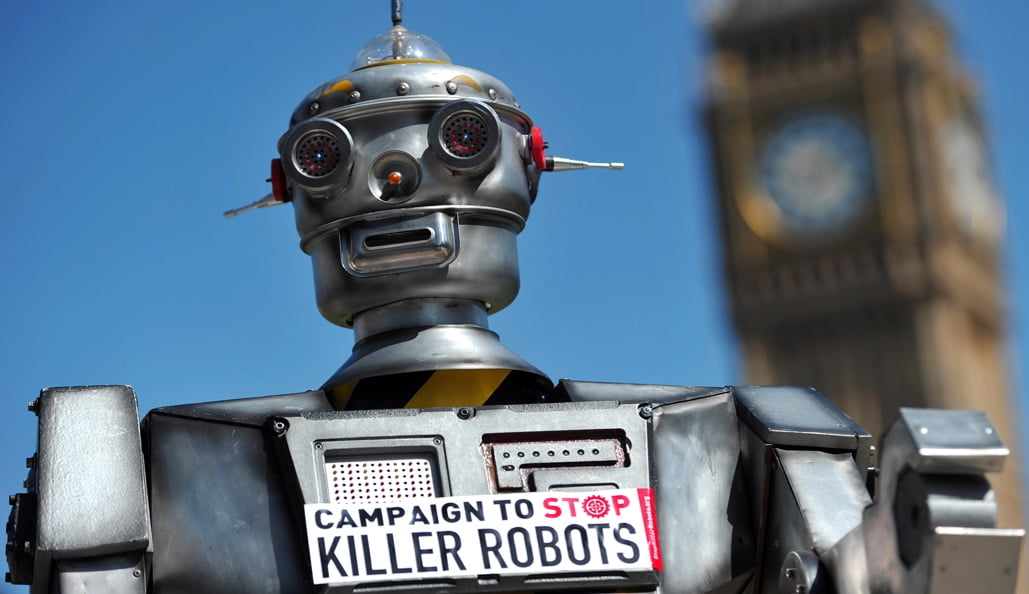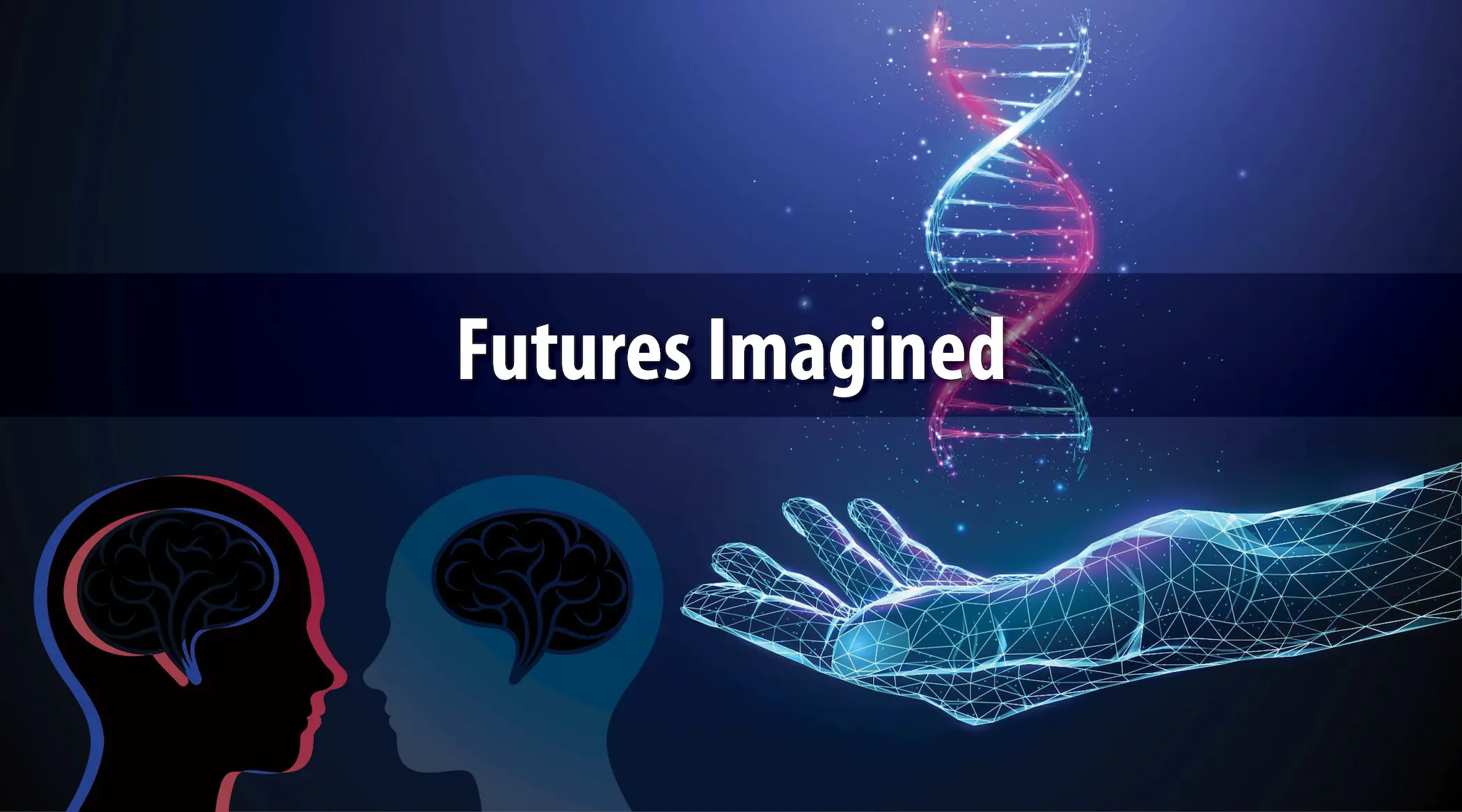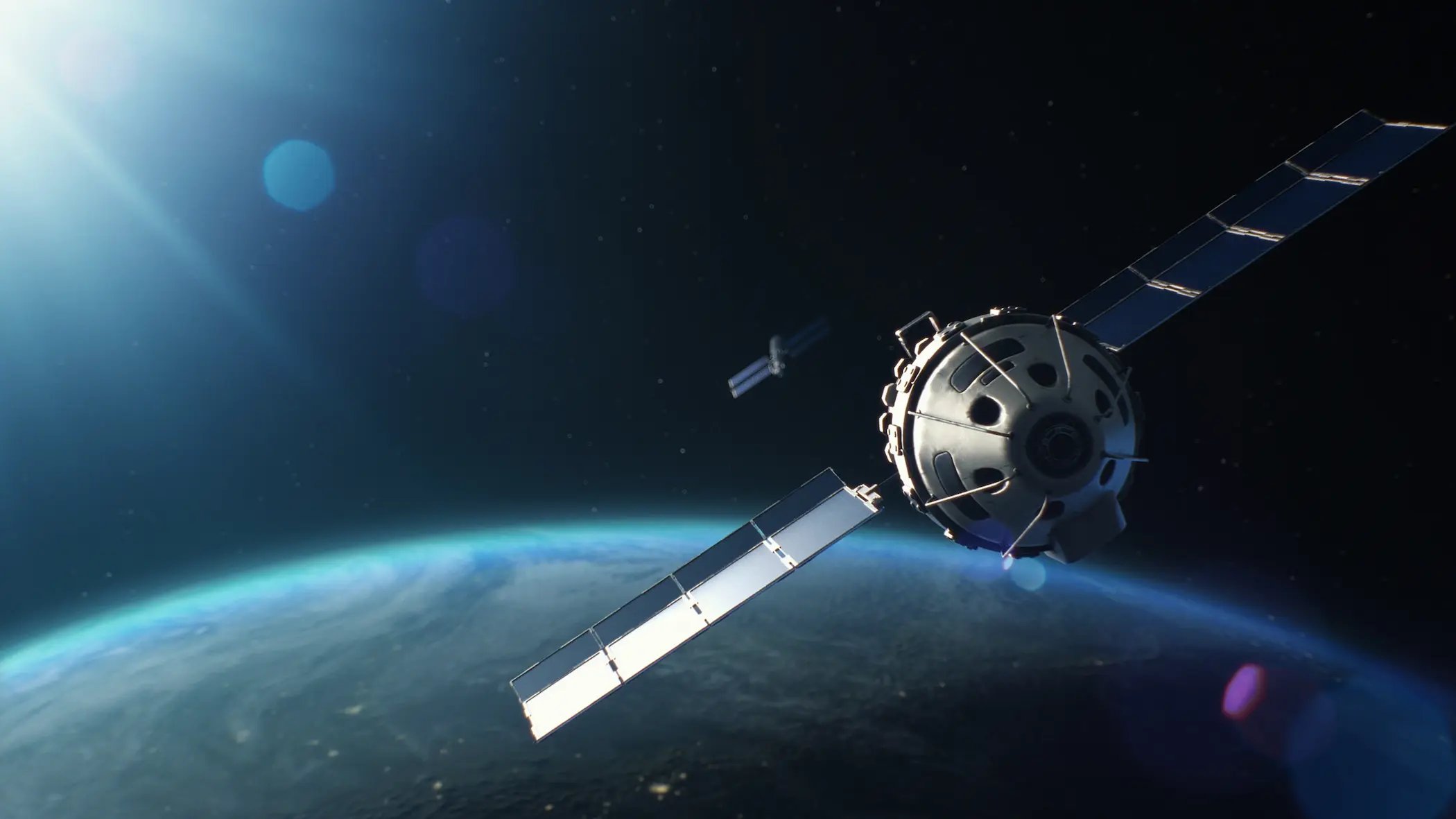As enthusiasm for Artificial Intelligence (AI) grows each day, so too does anxiety about its potential impact on jobs and overall societal stability. Several studies highlight the possibility that full automation could disrupt economic and political systems. While these concerns are valid and should not be dismissed, it is important to remember that, like any other transformative technology, AI can be both celebrated for its potential and feared for its risks.
A stable society cannot function without a labour force; removing it entirely would violate basic economic principles such as supply and demand, while also undermining political stability, which depends on the resilience of the middle class. These structural realities suggest that, rather than erasing human work altogether, AI will likely be both automatically and deliberately integrated in ways that preserve social and economic balance. From this perspective, the future shaped by AI is not as dire as some anticipate.
Watch Out!
The extent to which advanced AI, particularly generative AI tools and systems, will influence the workforce remains uncertain. Possible outcomes range from replacing certain roles, to augmenting human work, enabling employees to focus on higher-value tasks, or even generating entirely new forms of employment. Given that advanced AI is being integrated primarily through enterprise technologies, large corporations are expected to be the earliest adopters, potentially affecting a significant portion of the labour force. According to Goldman Sachs, approximately two third of existing jobs are susceptible to some level of AI-driven automation, with generative AI potentially replacing up to one quarter of current work. Similarly, research by the McKinsey Global Institute projects that automation could account for 29.5% of all hours worked by 2030.
Simultaneously, Artificial general intelligence (AGI), anticipated to surpass human performance in most desk-based occupations, is projected to significantly accelerate economic growth, potentially raising annual global GDP by 20–30% or more. More ambitious forecasts suggest that, as AGI capabilities advance, a substantial share of global economic output could become automated. The AI Futures Project anticipates that by late 2027, nearly fully automated AI laboratories will be conducting scientific research. Similarly, Sam Altman, CEO of OpenAI, has suggested that AI systems may begin producing “novel insights” as early as next year. These predictions with full automation and the replacement of human workers with arguably smarter machines leaves a huge proportion of the population in a perilous position.
The broader economic implications of AI are increasingly becoming a focus of policy and research discussions. According to the International Monetary Fund, AI is expected to significantly transform the global economy, with an estimated 33% of jobs in advanced economies, 24% in emerging markets, and 18% in low-income countries at risk. However, alongside these risks, AI also presents considerable opportunities, particularly in enhancing the productivity of existing roles where it can serve as a complementary tool, as well as in generating new forms of employment and even entirely new industries.
Never Mind, No Panic
Radical pessimism should not be taken for granted when assessing the future that AI holds for humanity, particularly in relation to economic and political stability. This caution against excessive pessimism rests on two fundamental laws. First, the law of supply and demand in economics dictates the necessity of consumers to purchase goods; without them, an abundance of goods and services becomes irrelevant. Second, the existence of a middle class is essential for political stability and for maintaining societal and political balance.
To begin with, economies cannot function without scarcity. If AI were to eliminate labour entirely, it would not merely reduce costs, it would erode purpose and human agency. What happens when people are no longer needed to create value? How can we preserve meaning when intelligence itself is no longer scarce? Fundamentally, an economy requires both consumers and producers. Without the need for labour, who will work, earn wages, and ultimately consume? If consumption is limited to a small elite who own capital, the very mechanisms that sustain economic activity would be at risk of collapse.
In a scenario where AI agents replace much of human labor, the economy will need to function in a way that not only produces goods and services but also generates new employment opportunities for disadvantaged groups. AI adoption can, in fact, lead to job creation. Recent research indicates that firms investing in AI tend to “shift toward more educated workforces, with greater emphasis on STEM degrees.” Beyond boosting demand for certain STEM skills, the integration of AI is also expected to increase demand for soft skills, particularly in roles requiring high emotional intelligence. Consider the spending habits of today’s wealthy, who invest in services that are difficult to automate, from fine dining to childcare. Such jobs, resistant to automation, will likely command high wages precisely because they are irreplaceable. In this way, the “invisible hand” that once regulated competitive markets will continue to do so, fostering the emergence of a new base of consumers. In this scenario, the economy will work to naturally produce the class that will have to consume to keep the wheel functioning. For them to consume, they will have to earn wages which means that they need to work. Since there is still need for consumers, there will still be a need for workers to make this balance happen.
Additionally, and fortunately, economics is not the only game in town; politics plays a critical role as well. Even if the economy does not naturally generate a new middle class capable of consuming the abundance of AI-produced goods and services, elites will be compelled to create one. Political elites will, and must, recognize that political balance cannot be sustained in the face of deep economic grievances caused by the complete automation of labour. Consequently, a new middle class will emerge, engineered through deliberate policy, to consume products and maintain social stability. This group will not possess the wealth to compete with capital owners, yet will remain secure enough not to threaten the stability of a political order shaped by the new economic reality. In essence, the creation and management of this social class will be driven by both economic and political imperatives.
Importantly, another dimension to consider is the inherent limitation of AI in fully replacing human beings. Can the technology truly achieve the level of Artificial Super Intelligence (ASI) required for such a transformation? For instance, GPT-5 has faced criticism for struggling with basic tasks, such as counting the number of “B”s in the word blueberry. Although Sam Altman has described it as a “PhD-level expert in your pocket,” evidence suggests that the pace of advancement may already be slowing, with gains diminishing and longer intervals likely between meaningful breakthroughs.
In 2024, AI systems were capable of following specific instructions, transforming bullet points into complete emails or converting simple prompts into functional code. By 2025, these systems have evolved to operate more like employees. Coding-oriented AIs increasingly resemble autonomous agents rather than passive assistants, receiving instructions through platforms such as Slack or Teams and independently implementing substantial code changes, often saving hours or even days of work. Similarly, research agents can spend extended periods, such as a half-hour, searching the internet to provide answers to complex questions. While these agents can be impressive in theory and in carefully selected examples, they remain unreliable in practice. Social media is full of anecdotes of tasks being comically mishandled. Furthermore, the most capable agents come with a significant cost.
When discussing the cost and accessibility of AI technologies, it is important to recognize that their adoption may also be constrained by resource scarcity, particularly energy. AI relies heavily on electricity to power the data centers that make its operation possible. This growing demand places significant strain on global power grids. According to the Organization of the Petroleum Exporting Countries (OPEC), the world’s data centers consumed up to 500 terawatt-hours of electricity in 2023, more than double the annual levels recorded between 2015 and 2019. OPEC projects that this figure could triple to 1500 terawatt-hours by 2030. By that time, electricity consumption by data centers alone, already comparable to that of Germany or France, would rival that of India, currently the world’s third-largest electricity consumer.
That being said, the hype surrounding AI and its broader impact is not unfounded. It is entirely reasonable to approach it with caution while recognizing it as a transformative technology with far-reaching implications for economic and political structures. However, what is crucial here is to avoid assuming that the most disastrous scenarios are inevitable. AI’s significance lies in its potential to reshape the way existing economic and political systems function. This transformation does not necessarily entail full automation, the disappearance of workers, or the erosion of the middle class. Instead, it is likely to be deeper and more profound, influencing the very foundations of these structures. Such a shift will require either a natural adjustment within the economy to regulate itself or deliberate action by elites to preserve political and societal stability.
References
“AI 2027.” Accessed April 3, 2025. AI 2027. https://ai-2027.com/.
“Artificial General Intelligence (AGI) to Lift Annual GDP by 20–30 Percent.” The Economist, July 24, 2025. https://www.economist.com/briefing/2025/07/24/what-if-ai-made-the-worlds-economic-growth-explode
“Mapping the World’s Readiness for Artificial Intelligence Shows Prospects Diverge.” IMF Blog, June 25, 2024. International Monetary Fund. https://www.imf.org/en/Blogs/Articles/2024/06/25/mapping-the-worlds-readiness-for-artificial-intelligence-shows-prospects-diverge.
“AI Needs More Abundant Power Supplies to Keep Driving Economic Growth.” IMF Blog, May 13, 2025. International Monetary Fund. https://www.imf.org/en/Blogs/Articles/2025/05/13/ai-needs-more-abundant-power-supplies-to-keep-driving-economic-growth.
“AI Will Transform the Global Economy. Let’s Make Sure It Benefits Humanity.” IMF Blog, January 14, 2024. International Monetary Fund. https://www.imf.org/en/Blogs/Articles/2024/01/14/ai-will-transform-the-global-economy-lets-make-sure-it-benefits-humanity.
“The Economics of Superintelligence.” The Economist, July 24, 2025. https://www.economist.com/leaders/2025/07/24/the-economics-of-superintelligence
Khattar, Rose. “Will AI Benefit or Harm Workers?” Center for American Progress, August 24, 2023. https://www.americanprogress.org/article/will-ai-benefit-or-harm-workers/#:~:text=Conclusion,Emily%20Gee%20for%20their%20assistance.























Comments